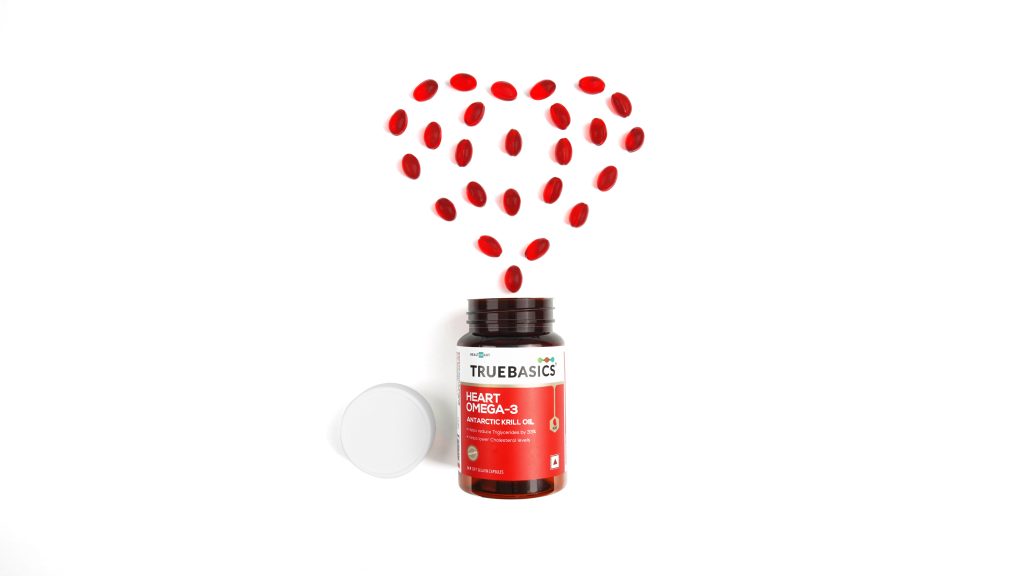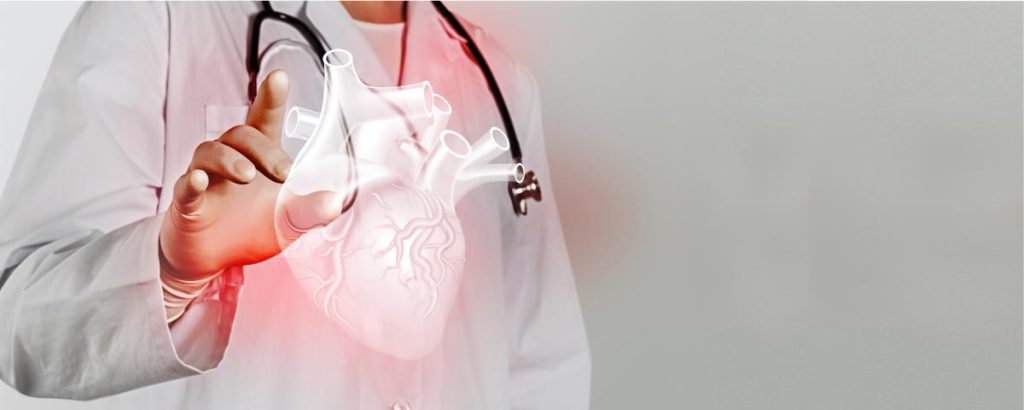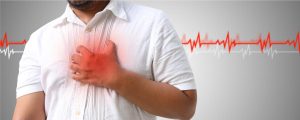If we were to ask you, what is that one organ that is the most influential in our body? The answer would be heart, and you couldn’t be more correct. Your heart just keeps going. It pumps blood throughout the body constantly to make sure all the organs and tissues get enough oxygen and nutrients so that they can perform their functions properly. But in some cases when the heart muscle might become weak and isn’t able to pump blood efficiently around the body, it leads to a condition that is medically termed as heart failure.
Symptoms of heart failure to keep eye out for
Because of the reduced supply of blood and oxygen, your body sends you signals. These symptoms, if identified on time, can save lives.
- Shortness of breath
- Fatigue or feeling weak
- Swelling in the legs, ankles or feet
- Irregular heartbeat
- Sudden and unexplainable weight gain from fluid buildup
- Nausea
- Lack of appetite
- Difficulty to concentrate or decreased alertness
- Chest pain

The possible causes of heart failure
Heart failure either happens over time or suddenly. In either of the scenarios, it is typically caused by other medical conditions that deteriorate your heart health. Some of the most common causes of heart failure include –
- Coronary artery disease
- Weakening of heart muscles
- Congenital heart disease
- Heart attack
- Irregular heart rhythms
- Hypertension
- High blood pressure
- Diabetes
Learn about the types of heart failure
Heart failure, like many other cardiovascular diseases, wears many hats. The most common types of heart failures include-

A) Left-side heart failure
The left ventricle pumps oxygen-rich blood to the rest of your body, hence left-side heart failure happens when the left ventricle can’t pump blood properly. This in turn prevents your body from getting enough blood supply and the blood starts getting accumulated in the lungs instead. Which is why you experience shortness of breath and fluid build-up. It is further divided into two categories:
- Systolic heart failure – Did you know? Your heart contracts to be able to pump oxygen-rich blood to the body. This occurs when your heart muscle is unable to contract. It’s a condition that develops when your heart is weak and might be enlarged.
- Diastolic heart failure – This happens when the heart muscle becomes stiffer than usual. The cause behind this stiffness is usually a heart disease, meaning that your heart doesn’t fill with blood as effortlessly as it should. As a result, there is a lack of blood flow to your body organs.
B) Right-sided heart failure
In this condition, the heart’s right ventricle is so weak that it can’t pump ample amounts of blood to the lungs, leading to a build up in the veins. The high pressure in the veins can push fluid out of them, into surrounding tissues. In turn, it causes a fluid build-up in the legs, rarely in the genital area or the abdomen region.
We cannot emphasize enough how essential heart health is to maintain. This would mean taking proactive measures – ensure your meals are healthy, stay consistent with your workout sessions and a heart supplement like TrueBasics Heart Omega-3 would also be a great addition to your routine. It can significantly improve your omega-3 index in just 30 days and help reduce the risk of heart diseases. In fact, it might just be the purest supplement for your heart right now since the Krill Oil used in it is derived from the pristine waters of the Antarctic Ocean.














